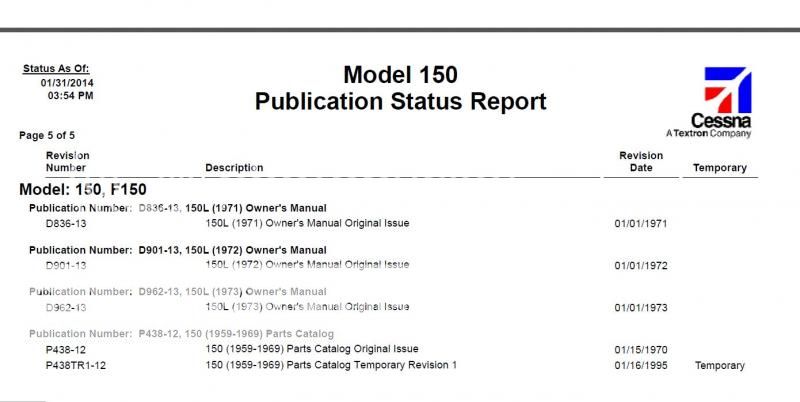sidneyfw
Pre-Flight
I've got some questions regarding paperwork? I'm new here so some of you are going think thease are stupid questions!
Required paperwork on board your aircraft? 1) Airworthiness Cert, 2) registration, 3) weight and balance sheet. Is this all?
Also when buying an aircraft, you may do a title search, also have a mechanic do a pre-buy inspection. Is there seperate log books for the aircraft and the engine? And how do you find out if all service bulletin's have been complied with, also that all ad's have been preformed? I've been all over the FAA web site trying to find information on ad's for a specific aircraft. I assume that ultimately the owner is responsible for this, and not the mechanic who certifies that plane is airworthy? Thank You Sidney FW
Required paperwork on board your aircraft? 1) Airworthiness Cert, 2) registration, 3) weight and balance sheet. Is this all?
Also when buying an aircraft, you may do a title search, also have a mechanic do a pre-buy inspection. Is there seperate log books for the aircraft and the engine? And how do you find out if all service bulletin's have been complied with, also that all ad's have been preformed? I've been all over the FAA web site trying to find information on ad's for a specific aircraft. I assume that ultimately the owner is responsible for this, and not the mechanic who certifies that plane is airworthy? Thank You Sidney FW







